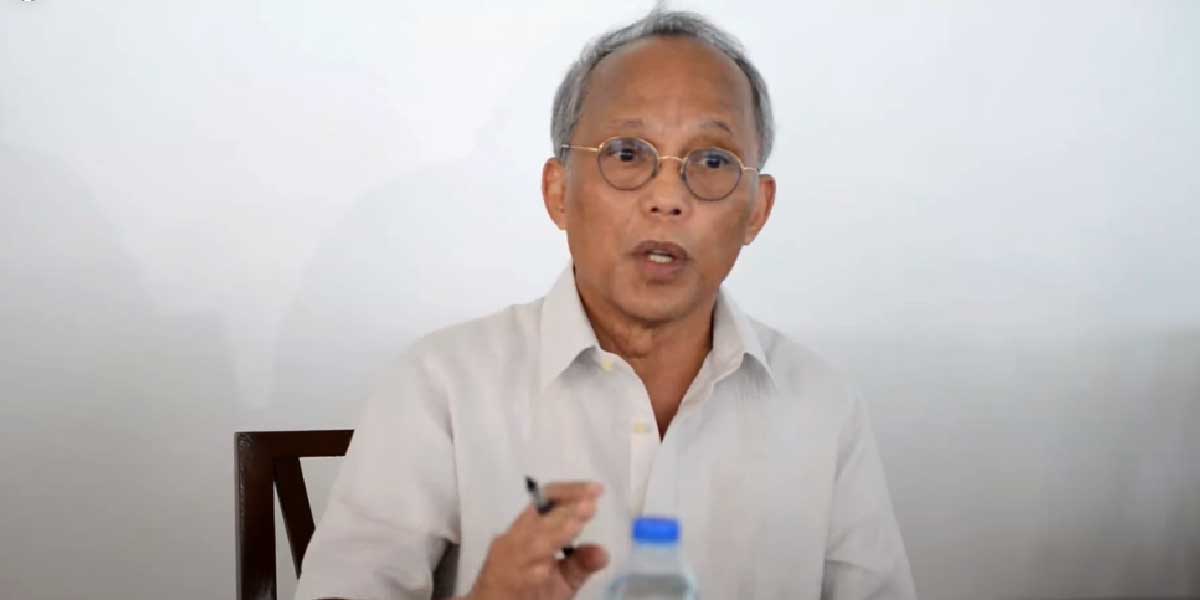
Following the Philippines’ continued commitment to successfully realize the energy transition without sacrificing energy security, Department of Energy (DOE) Secretary Alfonso G. Cusi directed the agency’s Energy Policy and Planning Bureau (EPPB) to look into the potential of mangrove sequestration in managing carbon dioxide (CO2) emissions from coal-fired power plants.
With the global community racing to find ways to curb the adverse impact of climate change on the planet, mangroves continue to gain scientific interest due to their ability to stockpile significant amounts of carbon in their wood and soil, instead of releasing it back into the atmosphere.
“We recognize the need to attain our energy security in a sustainable manner. However, while there still is a percentage of our power needs that is being provided by coal, we should actively explore the potential of out-of-the-box solutions that could reduce the harmful greenhouse gas emissions of coal plants,” Secretary Cusi stated.
In a memorandum dated 24 November 2021, the Energy chief instructed the DOE-EPPB to (1) examine existing studies, or for the Bureau to submit its own study on the “possibility of putting up mangroves for CO2 emission reduction from coal-fired power plants”; and (2) seek technical assistance from development partners for such a study.
“The study, if proven, could help the Philippines in fulfilling the CO2 requirements without sacrificing our goal to achieve energy security given our energy-neutral portfolio,” Secretary Cusi added in his memo.





















